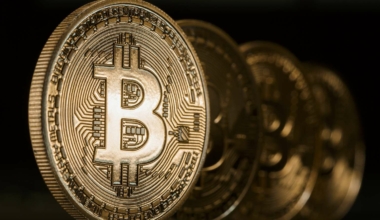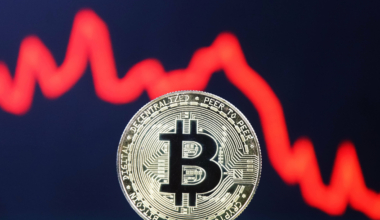Bitcoin experienced a sudden surge in price following the release of the United States’ inflation data for May. The Consumer Price Index (CPI) revealed a year-over-year increase of 4%, slightly below the estimated 4.1%.
Simultaneously, the core CPI, excluding volatile sectors, rose by 5.3%, surpassing the expected 5.2%. This article explores the immediate impact of the CPI announcement on Bitcoin’s price and the potential implications for the cryptocurrency market.
The eagerly anticipated CPI and core CPI numbers were released by the United States on June 13. The actual inflation rate of 4% for May, while slightly lower than the estimated 4.1%, still represented a significant increase.
Additionally, the core CPI, which excludes volatile sectors like food and energy, exceeded expectations with a rise of 5.3% compared to the estimated 5.2%.
In response to the inflation data, Bitcoin witnessed an immediate price increase. Within minutes, the cryptocurrency surged from $26,200 to reach a three-day high of just over $26,400. However, the upward momentum was short-lived, as the asset quickly lost traction in the subsequent minutes.
It is noteworthy that Bitcoin’s volatility during previous CPI announcements was much higher, often resulting in substantial price swings of four digits.
The current reaction, although moderate, still reflects the sensitivity of the cryptocurrency market to inflation-related news.
The lower-than-expected CPI numbers could potentially lead to a shift in the United States Federal Reserve’s monetary policy.
With inflation rates not surpassing projections, it raises the possibility of the Fed refraining from raising interest rates. This development is generally perceived as bullish for risk-on assets like Bitcoin.



